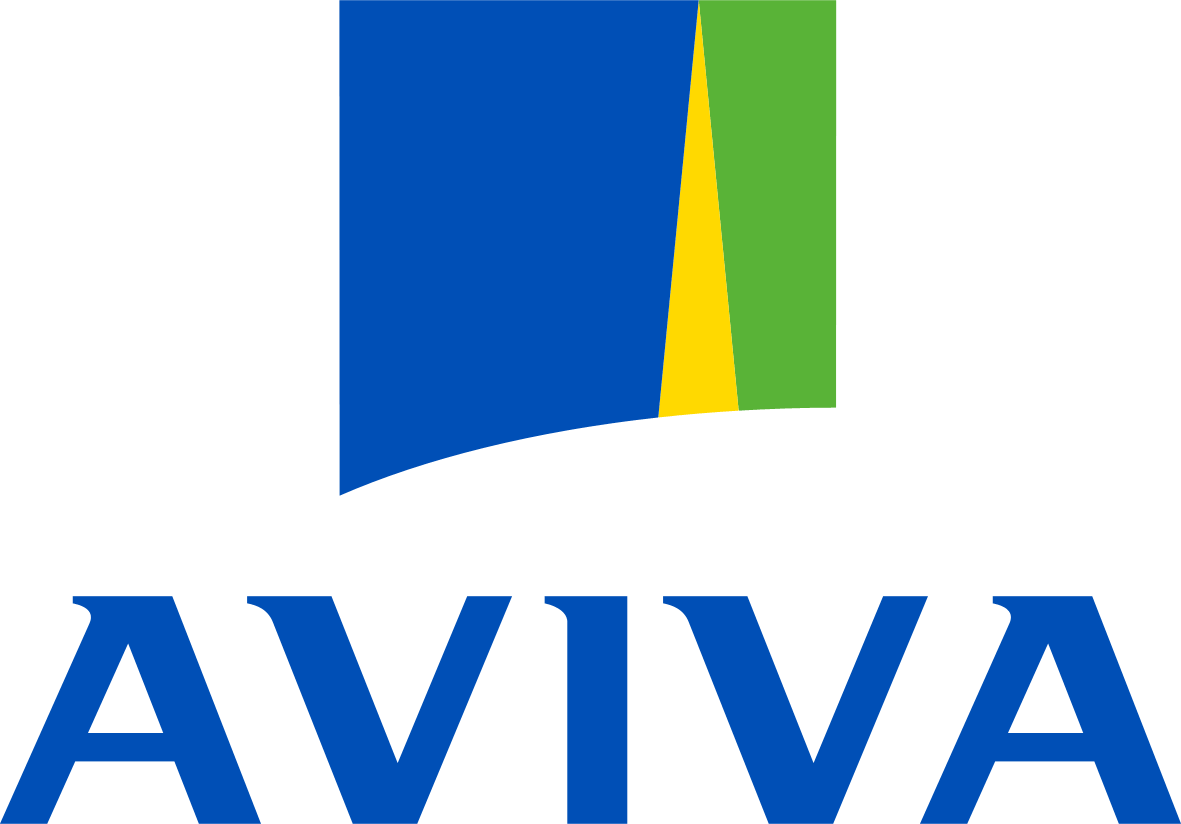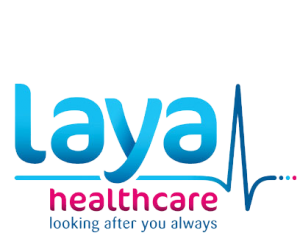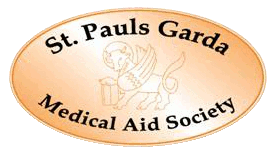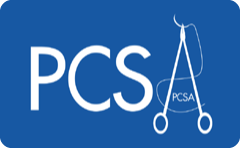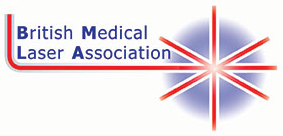 Download this information as a PDF
Download this information as a PDF
Rosacea is a red facial rash that most often affects those aged 30 to 60, especially those with fair skin, blue eyes and of Celtic origin. It may be transient, recurrent or persistent.
What is the cause of rosacea?
The cause of rosacea is unknown. There are several theories regarding the origin of overactive facial blood vessels and inflammation, including genetic, environmental, vascular, inflammatory factors.
Hair follicle mites (Demodex folliculorum) may be involved in at least some cases, as these are found in greater numbers within rosacea papules.
An increased incidence of rosacea has been reported in those who carry the stomach bacterium, Helicobacter pylori, but most dermatologists do not believe it to be the cause of rosacea. Rosacea may be aggravated by facial creams or oils, and especially by topical steroids.
Clinical features
Rosacea used to be called ‘acne rosacea’ but it is quite different from acne. There are red spots (papules) and sometimes pustules in both conditions, but in rosacea they are dome-shaped rather than pointed and there are no blackheads, whiteheads, deep cysts, or lumps. Rosacea may also result in reddened skin, scaling and swelling of affected areas. Characteristics of rosacea include:
- Red papules and sometimes pustules on the nose, forehead, cheeks and chin. Rarely it involves the trunk and upper limbs.
- Frequent blushing or flushing
- A red face due to persistent redness and/or prominent blood vessels – telangiectasia
- Dry and flaky facial skin
- Aggravation by sun exposure and hot and spicy food or drink (anything that reddens the face)
- Sensitive skin: burning and stinging, especially with make-up, sunscreens and other facial creams
- Red, sore or gritty eyelid margins including papules and styes (blepharitis and/or conjunctivitis) – ocular rosacea
- Enlarged unshapely nose with prominent pores (sebaceous hyperplasia) and fibrous thickening – rhinophyma
- Firm swelling of other facial areas including the eyelids – blepharophyma
Differential diagnosis
Rosacea may occasionally be confused with or accompanied by other facial rashes including:
- Acne vulgaris
- Pyoderma faciale
- Steroid rosacea
- Perioral dermatitis
- Seborrhoeic dermatitis
- Irritant contact dermatitis
Treatment
General measures
- Where possible, reduce factors causing facial flushing.
- Avoid oil-based facial creams. Use water-based make-up.
- Never apply a topical steroid to the rosacea.
- Protect yourself from the sun. Use light oil-free facial sunscreens.
- Keep your face cool: minimize your exposure to hot or spicy foods, alcohol, hot showers and baths and warm rooms.
Oral antibiotics
Tetracycline antibiotics including doxycycline and minocycline reduce inflammation. They reduce the redness, papules, pustules and eye symptoms of rosacea. The antibiotics are usually prescribed for 6 to 12 weeks, the duration and dose depending on the severity of the rosacea. Further courses are often needed from time to time as the antibiotics don't cure the disorder. Sometimes other oral antibiotics such as cotrimoxasole or metronidazole are prescribed for resistant cases. Soalas Dermatolgoy & Laser Clinic.
Topical treatment
Metronidazole cream or gel can be used intermittently or long term on its own for mild cases and in combination with oral antibiotics for more severe cases. Azelaic acid cream or lotion is also effective, applied twice daily to affected areas.
Isotretinoin
When antibiotics are ineffective or poorly tolerated, oral isotretinoin may be very effective. Although isotretinoin is often curative for acne, it may be needed in low dose long term for rosacea, sometimes for years. It has important side effects and is not suitable for everyone.
Medications to reduce flushing
Certain medications such as clonidine (an alpha2-receptor agonist) may reduce the vascular dilatation (widening of blood vessels) that results in flushing. Side effects are usually mild but may include low blood pressure, gastrointestinal symptoms, dry eyes, blurred vision and low heart rate.
Anti-inflammatory agents
Oral non-steroidal anti-inflammatory agents such as diclofenac may reduce the discomfort and redness of affected skin. Although these are uncommon, serious potential adverse effects include peptic ulceration, renal toxicity and hypersensitivity reactions. Calcineurin inhibitors such as tacrolimus ointment and pimecrolimus cream are reported to help some patients with rosacea.
Vascular laser
Persistent telangiectasia can be successfully improved with vascular laser or intense pulsed light treatment. Where these are unavailable, cautery, diathermy or sclerotherapy (strong saline injections) may be helpful.
Surgery
Rhinophyma can be treated successfully by a dermatologic or plastic surgeon by reshaping the nose surgically or with carbon dioxide laser.



